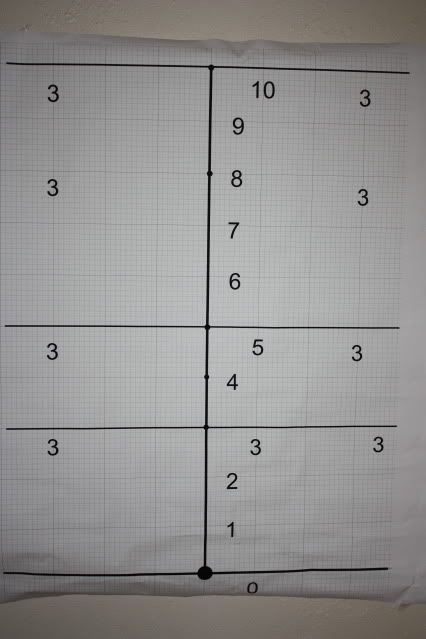I was running some tracking tests the other day on my optics.
I placed a target at 100 yards with a dot towards the botom. I measured up 36" and placed another dot. I mounted it perfectly plumb. I put 5 rounds in the lower dot with my elevation turret zeroed. I then dailed the scopes up 10 mils. Using the same point of aim, I sent five more rounds.
In theory, these should have impacted the top dot.
They of coarse, did not. That is not what surprized me. What did was the difference in scopes. Each is a good quality scope, each tracks perfectly (returns to previous positions without deviation). But, in the above test, one was .3 mils low, one was .4 mils high, one was .7 mils low (not saying the brands but lets just say that I did not expect the last one to do well).
This is not a problem as I just adjust my come up data and pro-rate it one the way down. This is actually why I do this test and why you should too.
But, it got me thinking...those of you who have done this (and again, everyone should), what are your errors/deviations? Has anyone run this test and accieved perfect results?
I placed a target at 100 yards with a dot towards the botom. I measured up 36" and placed another dot. I mounted it perfectly plumb. I put 5 rounds in the lower dot with my elevation turret zeroed. I then dailed the scopes up 10 mils. Using the same point of aim, I sent five more rounds.
In theory, these should have impacted the top dot.
They of coarse, did not. That is not what surprized me. What did was the difference in scopes. Each is a good quality scope, each tracks perfectly (returns to previous positions without deviation). But, in the above test, one was .3 mils low, one was .4 mils high, one was .7 mils low (not saying the brands but lets just say that I did not expect the last one to do well).
This is not a problem as I just adjust my come up data and pro-rate it one the way down. This is actually why I do this test and why you should too.
But, it got me thinking...those of you who have done this (and again, everyone should), what are your errors/deviations? Has anyone run this test and accieved perfect results?





